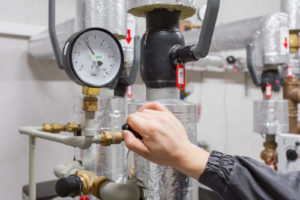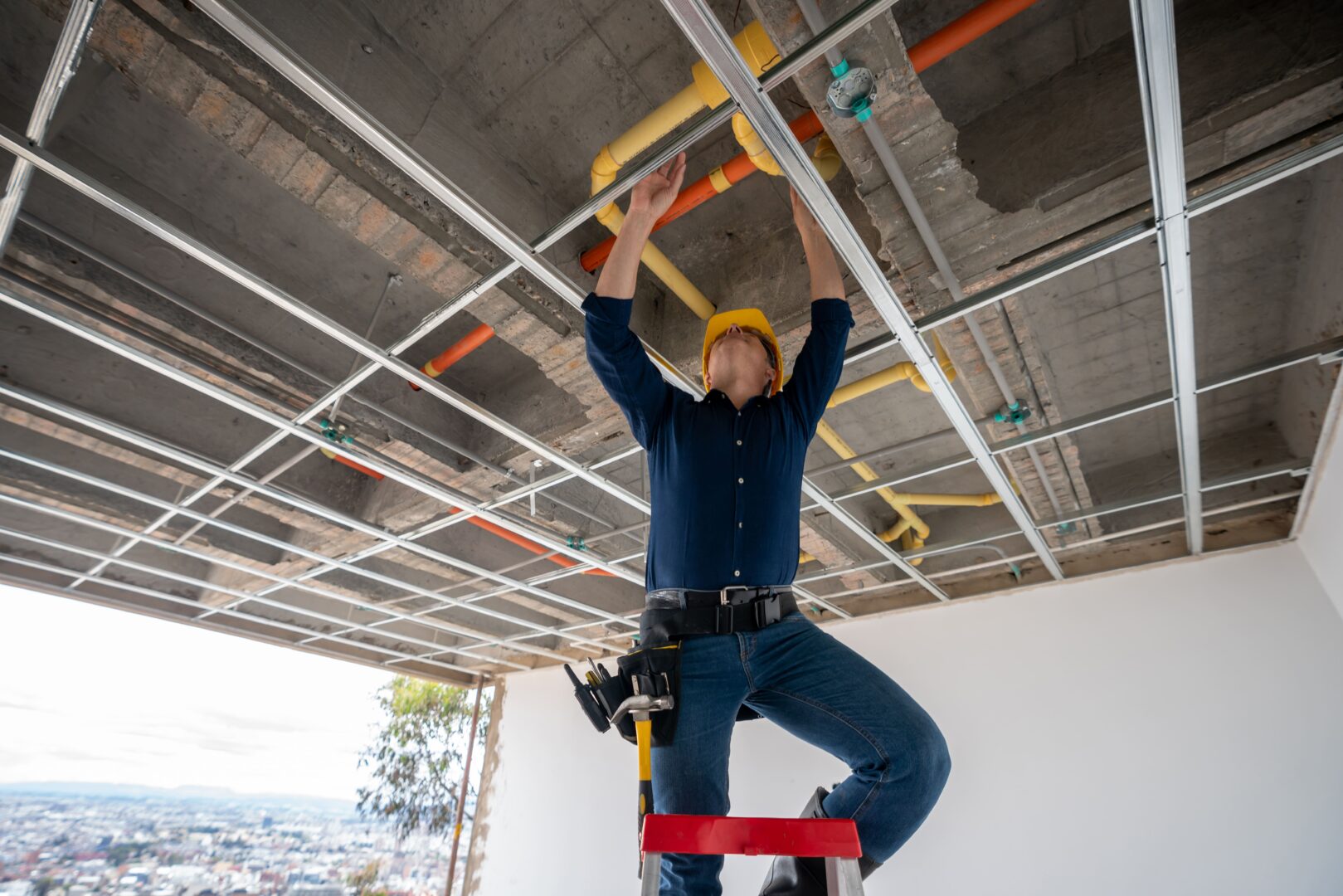
For most households, increased water pressure sounds like a good thing. Although high water can create a pleasant morning shower experience, it can also seriously damage your plumbing system and appliances. So, many plumbing systems include a part known as a pressure regulator to ensure the water pressure remains below the required level. Let’s look more closely at four important things to understand about how your water pressure regulator function in your home.
Your Pressure Regulator Connects to Your Main Water Line
Your home’s water pressure regulator must be placed on your incoming main water supply to release secure pressure throughout your residence. First, find your pressure regulator. It should be on your supply line in front of the shutoff valve. Also, professional plumbers usually install the regulator and shutoff valve.
If your regulator requires maintenance, your local plumber can turn off the water supply and perform the necessary repairs. In addition, the regulator attaches directly to the main water line. The water pressure regulator might also be recognized by its cone-shaped form and the screw on its top.
You Can Adjust Your Regulator to Allow More or Less Pressure
A pressure regulator has more than one changeable setting. You may manually change your water pressure setting by modifying the top of the valve. Most of them begin with a setting of 50 psi. Naturally, you want to avoid haphazardly changing the pressure regulator because many regulators fail to indicate the pressure setting.
Instead, a pressure gauge is attached to one of your water supply pipes. This gauge provides precise information on the pressure setting and prevents you from exceeding it and damaging your plumbing system.
Every Household Would Benefit from a Pressure Regulator
If you don’t have one, you should consider installing a water pressure regulator on your property. Even though a pressure monitor indicates that your water pressure is in a safe range, conditions may vary over time. Several of these variables are unrelated to how much water your household uses. Additionally, adjustments to your municipal system may trigger changes in water pressure. With these variations, a water pressure regulator ensures that your property doesn’t go up in pressure.
The Life Expectancy for Pressure Regulators is 10-15 Years
Lastly, pressure regulators have long lifespans since they have few functioning parts. However, your regulator will wear out from the inside and begin to malfunction. You can suddenly feel a quick change in your pressure, like a sharp decrease or increase.
A professional plumbing company can examine your pressure regulator right away if you think it has reached the end of its life. Otherwise, your system may have significant problems if you don’t. B&D Plumbing can guarantee that the new part satisfies the original part’s specifications!
Get in Touch With B&D Today!
Dealing with any plumbing concerns that require a professional to step in? Struggling with an absolute plumbing emergency that can’t wait? Let B&D Plumbing know. B&D Plumbing Inc. services the greater Washington D.C. metropolitan area, including Maryland and Northern Virginia. Get in touch with us by calling (301) 595-1141 or follow us on social media including Facebook, Twitter, LinkedIn, and Pinterest. As a small, family-owned business, we understand how important your home is—and we offer exceptional service that matches!

